Getting Creative During Covid-19
Author: Sierra Klotz, Physical Therapist and Athletic Trainer
Here are just five of the ways that you can get those creative juices flowing. Let this time be one of transformation. Even when it seems like the world is falling apart, we all have the ability to create and generate our own small transformations. In this time, when so many of us are home, it is easy to sit too much on the computer, cell-phone or watching TV. This can be very harmful to one’s health. Sitting for long periods can increase our risk of diabetes and leads to physical pain by tightening our muscles. These are ways to stay indoors while being up and active:
- Prepare a Delicious, Healthy, Artistic Meal: One way to be creative in a practical way is to make food! The act of cooking itself is very creative. Plating the food in fun designs and patterns adds even more creativity. Eating healthy foods like salads does not have to be boring if you use fun patterns and designs like the salad I made this weekend, pictured below. I also had fun this week with a yogurt parfait for breakfast. The base was yogurt, and then I used chia seeds, flax seeds and fruit to make a beautiful design on top.
- Play or Learn a New Instrument: Playing an instrument not only boosts creativity, but it also helps our brains and bodies. Most athletes know that listening to music can help focus and concentration and it can help set a good pace while running. When we create and play music, it helps our brain development and memory. Research done at the Beth Israel hospital has shown that singing is helpful for those recovering from a stroke or brain injury, particularly when the left side of the brain, responsible for vocalization is damaged (Harvard Health Publishing. Music Can Boost Memory and Mood). It is therefore likely that playing music is particularly helpful if you have suffered from one or more concussions. For kids who are home, get out those instruments! The College Board has found that the more years a student has practiced music, the higher their SAT scores. (Forgeard et al. Practicing a Musical Instrument in Childhood is Associated with Enhanced Verbal & Nonverbal Reasoning)
- Make a Music Video: This is a great indoor activity for children or families. Choose your favorite song and choreograph a dance to go with it. It is most helpful to break the song into sections and for each section of the song, think of a certain dance move such as shuffling to the side, kicking in different directions, squatting down to the floor, jumping up and tapping your feet in different directions. Choose any moves that feel good and you feel fit the song. You can even post it to YouTube or TikTok!
4. Create a Piece of Art: There are countless ways to make art! One of my favorite things to do is to make photo collages. You can also cut pictures from old magazines and make collages from those. Art can have messages of inspiration, help you remember joyous past experiences or be functional such as all of those crafty folks who are currently making masks. As a healthcare worker at the hospital in my other job, I am extremely grateful for the donations of homemade masks.
5. Support Nature: It is remarkable to witness the changes and surprises all around us in nature. A wonderful way to be creative is to help support these changes. If you have the space, this is a time of year to start planting the first seedlings or young plants. You will not only be rewarded by watching a beautiful garden, but if they are edible plants, by eating it too! If they are pollinator plants, you can watch the beautiful butterflies and insects. You can also put up a bird feeder to see all the birds. (Just make sure to take it down in June or when recommended by the state, so as not to attract bears). It can also be really nice to make homemade bouquets. This time of year, they can be made with pussy willows and forsythia.



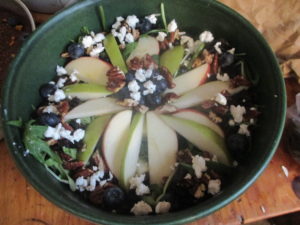

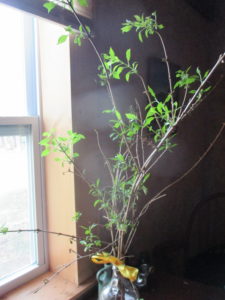


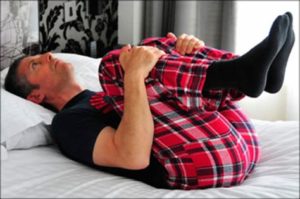
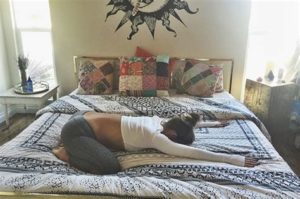
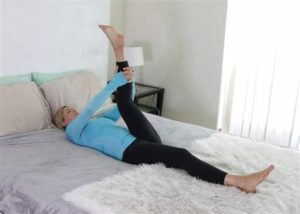
 there will be many bird songs. You may also hear the sound of snow crunching under your feet or a river flowing over the
there will be many bird songs. You may also hear the sound of snow crunching under your feet or a river flowing over the constantly shifting your attention, see how it feels to focus on one tree for a few minutes. Notice the moss or pattern of the bark or how the sun reflects off of it. There are many intricate patterns in trees that many of us don’t notice. I have been hiking recently looking for the Chaga mushroom on Birch Trees, which makes me notice these birch trees in a whole different way. It can be very stimulating for the eyes and calming for the mind to take the time to focus on a tree or a rock or a section of the river for a few minutes at a time.
constantly shifting your attention, see how it feels to focus on one tree for a few minutes. Notice the moss or pattern of the bark or how the sun reflects off of it. There are many intricate patterns in trees that many of us don’t notice. I have been hiking recently looking for the Chaga mushroom on Birch Trees, which makes me notice these birch trees in a whole different way. It can be very stimulating for the eyes and calming for the mind to take the time to focus on a tree or a rock or a section of the river for a few minutes at a time.